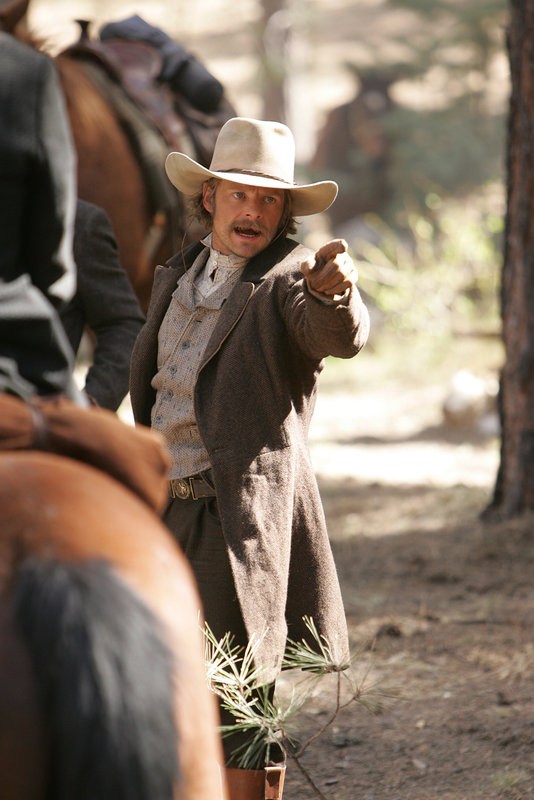

Today, four buildings remain of the original 35 that comprised the military garrison. This confluence of tracks, busy with early American traffic, intersected the much older Comanche Trail at Comanche Springs. By the mid-1800s, the Comanche had begun to lose their stronghold on much of their Texas territory, yet the garrison was still a necessity, providing protection for travelers on the wagon route between San Antonio and Chihuahua, Mexico, as well as the Butterfield Overland mail route and the Old San Antonio Road. In preparation for your journey, take a tour of the historic Fort Stockton, town namesake and site of a frontier military garrison built in 1867. US 385 south to Big Bend National Park reflects the trail’s general pathway, passing over specific landmarks identified in 19th-Century documents.
Comanche moon series#
Other than surviving 19th-Century maps and historical references that provide a sketch of the route (actually a series of interconnecting and parallel tracks), almost nothing of the original trail remains. The town is a good starting place for adventurers who wish to follow a close approximation of the southern leg of the historic trail. By the mid-1800s, Anglo pioneers had also become targets of the moonlit Comanche raids and invented the term “Comanche Moon.”Īlong the northern edge of Big Bend country lies Fort Stockton, a frontier community established near what was once a naturally occurring spring network known as Comanche Springs, named for the horsemen who congregated and camped there.
Comanche moon full#
The full moon, at its best in a pre-industrial sky, illuminated the transfiguration, casting harsh light on colonies in scattered ruins as the Comanche made colonists into wives or trade slaves, and relieved the settlements of their rations, their weapons, and their horses. The mission communities, with their haphazard presidio defenses, were no match for the Comanche, who, in brief but decisive forays, would raid and loot the settlements, often burning them down. Across the Rio Grande lay Spain’s vulnerable missionary efforts, which sought to transform local inhabitants into citizens of the Spanish state and the Catholic Church. As accomplished horsemen traveling a network of seasonal routes south of Comancheria-the Comanche empire encompassing much of the territory now comprised of West Texas, the Panhandle, western Oklahoma, eastern New Mexico, and parts of Colorado and Kansas-the Comanche crossed the Big Bend country in the waxing gibbous light on their way to the border territories of New Spain. More than 200 years ago, the full moon signaled the movement of the Comanche along the southern leg of the Comanche Trail. We are “lunatics” instead, merely divining the moon with incantations, attributes of an improbable occult, and basking in its immutable glow.

In truth, the moon’s control over our own physiology is no greater than the pull of a grain of sand. We humans grant the moon our obsession, however, unlike the nocturnal entities commanded by natural law. Poets wax, coyotes howl, and tides surge to the beacon rising above a darkening horizon, all of us patrons to a circadian rhythm governed by master and minion, sun and moon. 2:00, and this is accounted for above.Who, on Earth, can resist the allure of a full moon? Twelve nights each year, we gaze into the sky as the lunar satellite casts cold light on the planet.Įxplore the history of the Comanche in the Big Bend region at Big Bend National Park’s Persimmon Gap Visitor Center, the northern entrance of the park on US 385. Note that Daylight Saving Time ends on неділя 30 Жовтень 2022 p. Illumination is calculated at lunar noon. Dates are based on the Gregorian calendar. Time is adjusted for DST when applicable. * All times are local time for Sierra El Comanche. (See the note below this table for details)

Note: hours shift because clocks change backward 1 hour.

Moon does not pass the meridian on this day.


 0 kommentar(er)
0 kommentar(er)
